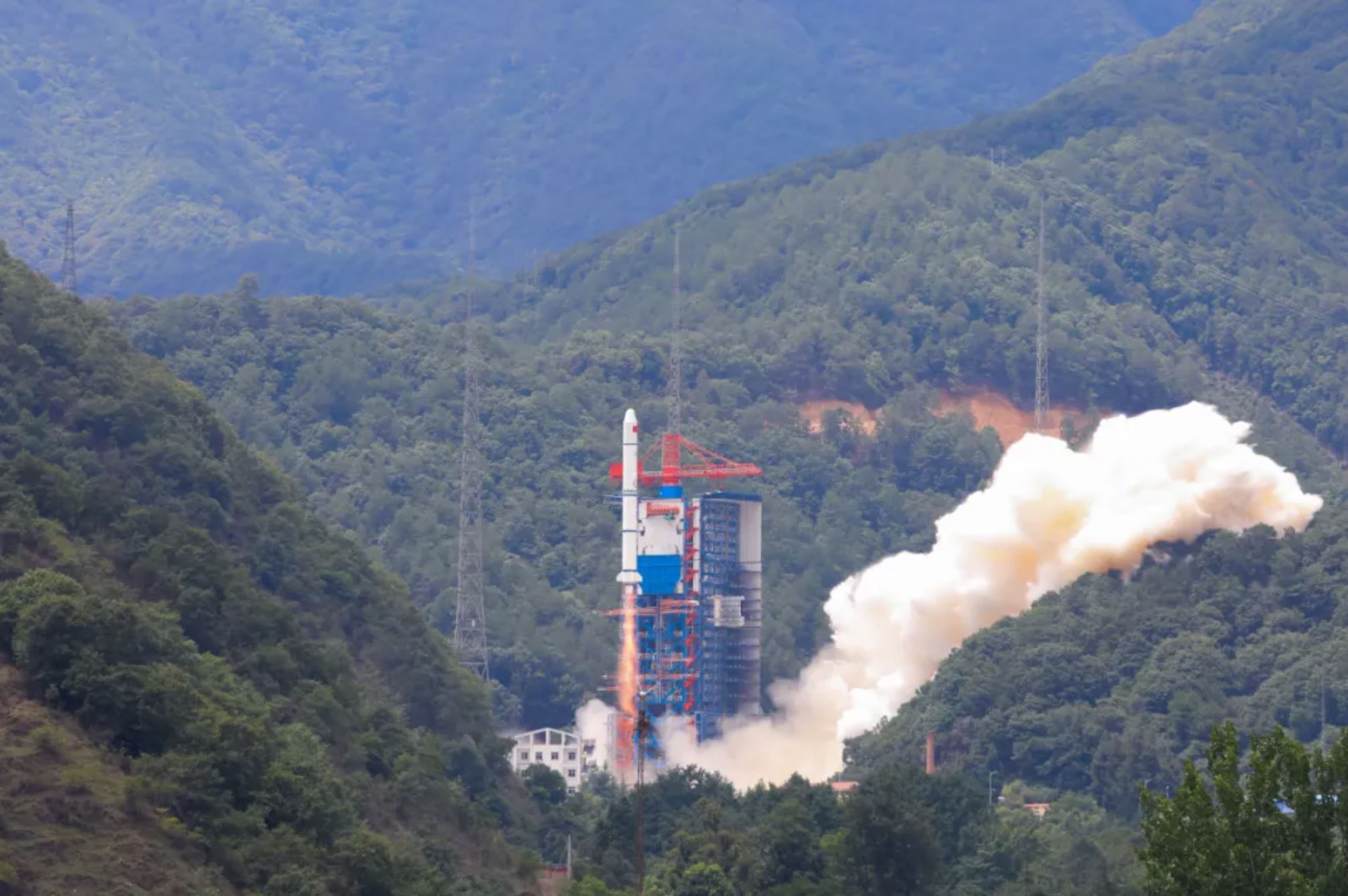HELSINKI — China launched a group of classified Yaogan-30 satellites and one commercial satellite on a Long March 2C rocket early Friday.
The Long March 2C rocket lifted off from Xichang Satellite Launch Center, southwest China, at 2:30 a.m. Eastern. The China Aerospace Science and Technology Corp. (CASC) confirmed the success of the launch within an hour.
Aboard were a ninth group of Yaogan-30 satellites. Chinese media described the new spacecraft as remote sensing satellites. The commercial Tianqi-14 satellite for commercial company Beijing Guodian Gaoke Technology Co. Ltd.
Previous groups of three satellites launched in the Yaogan-30 series have been stated to be for “electromagnetic environment detection and related tests”.
The previous launches sent the groups of three Yaogan-30 satellites into roughly circular, 600-kilometer altitude orbits inclined by 35 degrees.
A launch attempt was expected a day earlier according to airspace closure notices. However the launch did not take place with weather forecasting indicating rain in the area. New notices were issued hours later covering the Friday launch.
Yaogan series satellites are perceived by outside analysts to be designated for military purposes. The inclination of the Yaogan-30 constellation suggests it may provide frequent revisits for electronic and signals intelligence and optical and radar imaging in areas close to China.
Tianqi-14 is part of Guodian Gaoke’s plans for a low-Earth orbit narrow-band Internet of Things constellation. It was developed by the Shanghai Institute of Space Systems Engineering, belonging to the Shanghai Academy of Spaceflight Technology (SAST), a major institute under CASC.
Chinese launch activities
Friday’s launch is China’s 19th of 2021, including one failure of a commercial rocket. It follows a little over a day after launch of the first crewed mission, Shenzhou-12, to the Tianhe space station module.
CASC plans to launch more than 40 times this year. Other Chinese state-owned and commercial companies are also planning launches, including Landspace, iSpace, Deep Blue Aerospace, Expace and CAS Space.
The previous launch from Xichang, June 2, included tests of a controllable parafoil installed inside the nose cone of one of four side boosters of the Long March 3B, CASC reported after the event.
CASC stated the developments were to constrain drop zones and reduce risks of rocket stages falling on inhabited areas.
Grid fins have also been tested on Long March 2C launches from Xichang. CASC states these trials were part of development of future vertically recoverable rocket stages.
Meanwhile debris from the Shenzhou-12 launch has been located and secured downrange from Jiuquan, northwest China, by a task group. The boosters, displaying signs of residual dinitrogen tetroxide oxidizer, fell within uninhabited drop zones indicated by NOTAMs issued ahead of launch.
